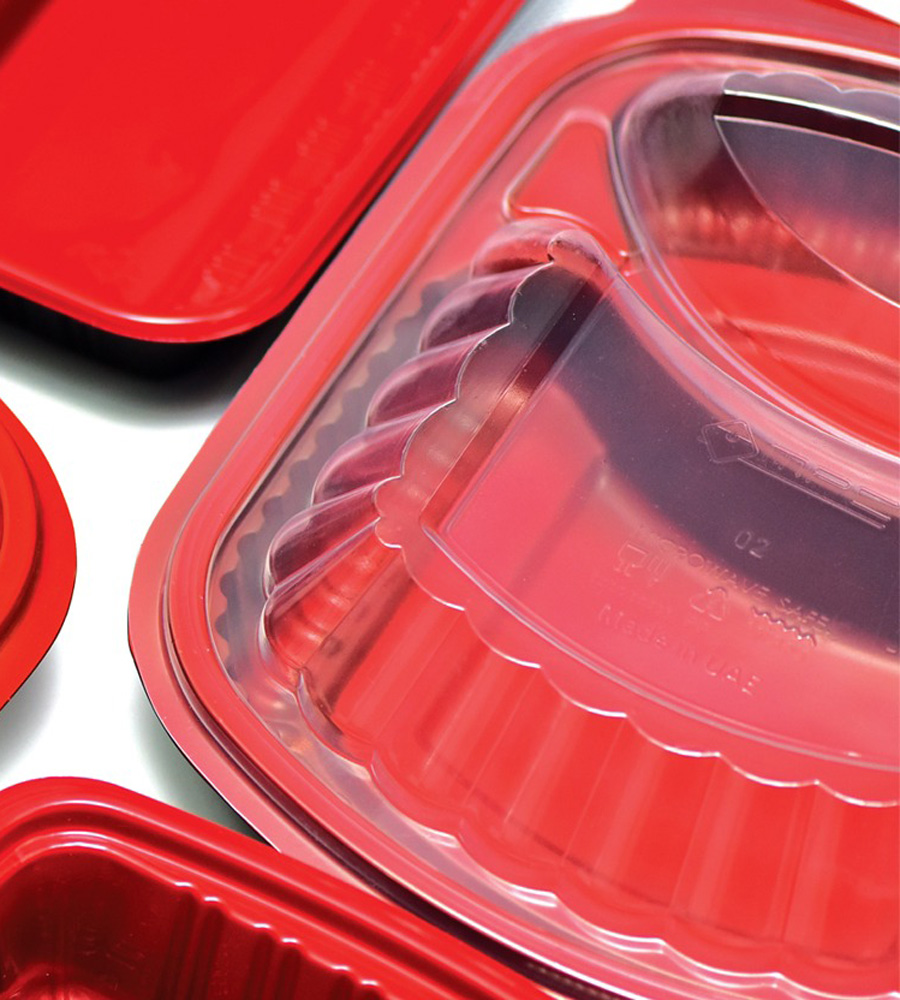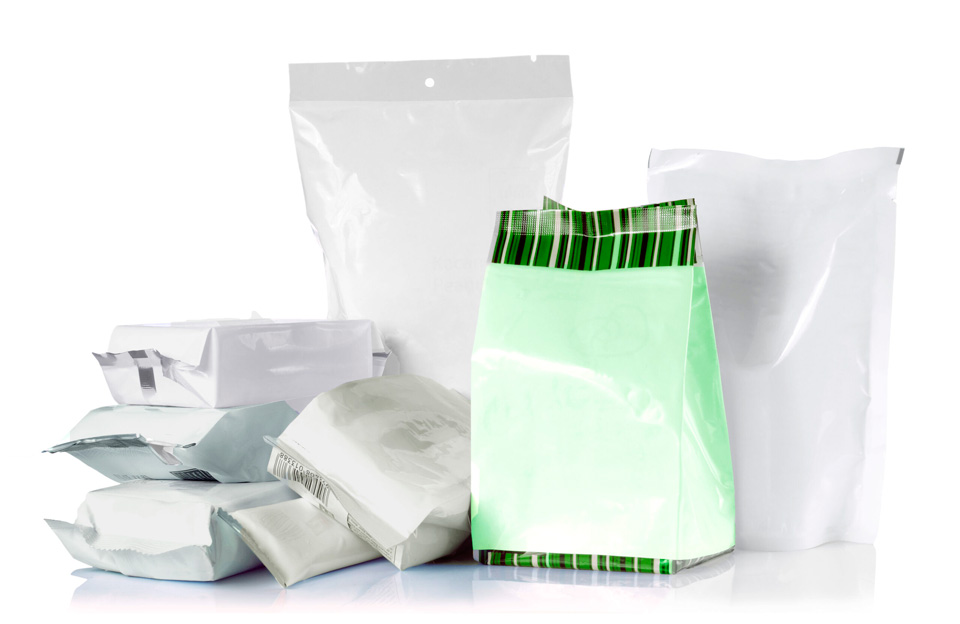Packaging is a broad industry term referring to the design efforts and techniques used to protect or encapsulate a variety of products for shipping, storage and sale. Packaging also takes into account the marketing efforts of the product manufacturer. The way their products are packaged marks the brand of the leading manufacturers. They see packaging as an important part of their business model. Packaging industry manufacturers have seen no shortage of improvements to packaging over the past decade, and these innovative packaging ideas represent some of the most far-reaching and promising efforts the packaging industry has ever encountered.
6 Innovative Packaging Ideas For Product Manufacturers
Zero Waste Packaging

One of the innovative packaging ideas for product manufacturers is zero waste packaging. Zero waste packaging refers to the design and implementation of packaging solutions that generate little to no waste throughout their life cycle, with the aim of reducing the environmental impact of packaging through the use of reusable, recyclable or compostable materials. The goal of zero-waste packaging is to create a closed-loop system where packaging materials are continuously reused, recycled or returned to the natural environment, which can encourage manufacturers and consumers to minimize the use of single-use plastics and choose sustainable alternatives, thereby promoting more sustainable, greener ways of consuming products.
Skin Pack
Skin packs are products that are placed on a liner card, covered with plastic film, and then heated to make it fit snugly to the contours of the product,which is one of the embodiment of innovative packaging ideas and technology. A packaging technology that packs products tightly on the card. This method of packaging provides a clear protective barrier around the product, making it visible while also providing a degree of tamper resistance and protection.
Skin packs allow a product to be prominently displayed and are often used for retail display purposes while also protecting the product from dirt, moisture and handling and are often used on items such as food, electronics and small consumer goods. However, it is worth noting that skin packaging may involve the use of plastic materials, which may not be very consistent with zero waste packaging principles, unless the materials used are recyclable or environmentally friendly.
Self-Cooling Tank
Another one of the innovative packaging ideas is self-cooling tank A self-cooling can is a beverage container that rapidly cools the can’s contents without the need for an external heat source or refrigerator, usually using a technique known as “micro-cooling” or “self-cooling.” The technology involves integrating the cooling mechanism into the tank itself, usually in the bottom or in the side walls. When activated, the cooling mechanism uses a chemical reaction or phase change to draw heat from the beverage, reducing its temperature. This process chills the beverage in the can within minutes, providing a convenient on-the-go cooling solution.
Self-cooling cans are often advertised as a way to enjoy cold beverages without refrigeration or ice, which is attractive for outdoor events, events, and situations where traditional cooling methods are not available. However, the technology often relies on single-use components, potentially raising concerns about waste and environmental impact. As with any packaging innovation, it is important to consider the convenience and environmental impact of such products.
Self-Heating Food Packaging

Self-heating food packaging is a technology that heats pre-packaged food or beverages without the need for external heat sources such as stoves or microwave ovens, and is designed to facilitate on-the-go consumption, especially when traditional heating methods are not available. Self-heating food packages often have a separate heating mechanism integrated into the package itself.
The self-heating process typically involves the activation of a chemical reaction that generates heat, heating the contents of the package. Common applications for self-heating food packaging include ready-to-eat meals, soups, coffee, and other beverages that consumers may wish to enjoy at warm temperatures.
While self-heating food packaging offers convenience, there are a few caveats to keep in mind. The chemical reactions used for heating sometimes involve non-renewable resources, and recycling of packaging can be complicated by the integration of multiple materials. As with any packaging innovation, the environmental impact and sustainability aspects of self-heating packaging should be carefully evaluated.
Bee Wrap
Bees Wrap, a brand of reusable food wrap made from organic cotton infused with beeswax, organic jojoba oil and resins, is a sustainable alternative to single-use plastic wrap for covering and storing food. Bees Wrap is flexible enough to use the heat of your hands to mold it around food or containers to create a breathable seal that helps preserve food freshness.
The idea behind Bees Wrap is to reduce plastic waste by providing a natural and biodegradable way to cover food, and can be used to wrap sandwiches, fruit, vegetables, cheese and other perishable items. Bees Wrap is washable and reusable, and if cared for properly, a single Bees Wrap will last about a year. Part of a wider drive to reduce plastic use and adopt more sustainable, greener alternatives for everyday items, Bees Wrap helps reduce plastic pollution by providing a convenient way to store food without relying on single-use plastics And promote greener choices.
Compostable Coffee Capsules
Compostable Coffee Capsules are single-serve coffee pods designed to be fully biodegradable and compostable,which are good embodiment of innovative packaging ideas. Unlike traditional coffee pods made of plastic or aluminum that take a long time to decompose and create waste, compostable coffee pods are made from materials that break down naturally in a composting environment, usually bioplastics or other plant materials such as corn starch or sugar cane), which are renewable resources. The design and materials used in compostable coffee capsules allow the capsules to break down into organic matter in a reasonable amount of time, leaving behind a nutrient-rich compost that enriches the soil.
Compostable coffee capsules offer a more sustainable alternative for coffee drinkers who appreciate the convenience of a single-serve brewing method while minimizing their environmental impact. However, it is important to note that these capsules require proper composting conditions to degrade effectively, and not all composting facilities are equipped to handle them. It is recommended to check your local composting program or facility to ensure proper disposal and composting of these capsules.
Conclusion
Product manufacturers have put a lot of effort into innovative packaging ideas, and the packaging industry has made great strides in sustainability and innovative packaging.Plastic packaging faces increasing competition. Over the years, major breakthroughs and updates have been made in the field of packaging, making packaging designs more customer-friendly and more environmentally friendly. The packaging industry is a huge economic creator across the globe, with packaging industry and consumer trends driving this massive growth rate.


